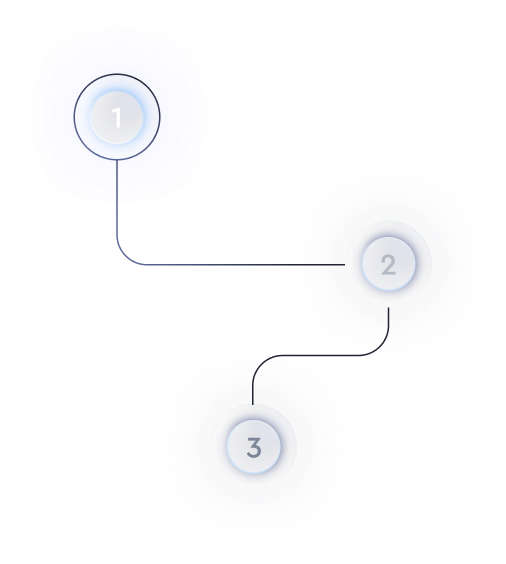Webflow competitors: How does Webflow compare to Strapi for headless CMS?
Understanding Webflow and Strapi
When considering headless CMS platforms, Webflow and Strapi are two viable options. While Webflow is renowned for its all-in-one web design capabilities, Strapi stands out as a flexible and customizable headless CMS solution. Both serve developers and designers but cater to different needs and workflows.
Webflow's Strengths
Webflow offers a visual way to design responsive websites without requiring extensive coding skills. It combines the power of a CMS with a visual editor, allowing users to design and manage content seamlessly.
- Visual Design Interface: Webflow provides a powerful visual editor that gives designers full control over the look and feel of their sites.
- Built-in Hosting and Deployment: It offers hosting solutions, making deployment straightforward and efficient.
- Comprehensive CMS Features: Users can manage content directly within the platform while maintaining the site's design integrity.
- Community and Support: Vast community support and resources, including templates and tutorials, can accelerate the design process.
Strapi's Advantages
Strapi, as a headless CMS, provides unparalleled flexibility for developers who need a back-end focused on delivering content across multiple channels such as websites, mobile applications, and IoT devices.
- Open Source Flexibility: Being open-source, Strapi offers customization to fit unique project requirements, unlike closed ecosystems.
- API-Driven Approach: Strapi is inherently API-first, making it easy to deliver content through RESTful or GraphQL APIs to any front-end technology.
- Rich Plugin Ecosystem: Users can enhance functionality with a wide range of plugins, offering additional capabilities beyond the core features.
- Self-hosting Capabilities: Offering complete control over the CMS, Strapi can be hosted on personal servers, providing greater customization and data control.
Comparative Analysis
Choosing between Webflow and Strapi depends largely on project requirements. Webflow excels for designers needing an integrated solution with minimal technical overhead, ideal for marketing sites that need rapid iterations. In contrast, Strapi is tailored for developers looking for a robust back-end solution they can integrate with any front-end, suiting projects demanding a high level of customization and scalability.
- Design vs. Development Focus: Webflow is design-centric; Strapi is developer-centric.
- Integration Capabilities: Strapi offers extensive integration capabilities across different platforms and technologies.
- Customization Level: Strapi's open-source nature allows deep customization, while Webflow provides pre-designed flexibility within its ecosystem.
- SEO and Marketing Tools: Webflow's built-in tools offer an advantage for marketing teams focusing on SEO directly within the design environment.
Conclusion
In the ever-evolving world of web development, both Webflow and Strapi provide unique benefits tailored to different user needs. Webflow is a compelling choice for visually-driven projects that require quick, aesthetic results. Conversely, Strapi is ideal for projects needing a tailored, scalable solution capable of integrating with various technologies and delivering content to multiple platforms.
Consider your project's specific needs, team's skill set, and long-term goals when choosing between Webflow and Strapi to make the most informed decision.

